
Montana’s Smith River is one of the most well-known remote, overnight floats in the lower 48 states. The deep canyon is unique, the float is spectacular, and the fishing can be out of this world. Thousands of people across the country try to draw one of the coveted permits every year, and it’s easy to see why.
The Smith River is also one of the more accessible and fun overnight float trip destinations in the country. This makes it perfect for novices, families and those who are after a more relaxed experience. The 59-miles of river covered by the Smith River State Park take you through a remarkable deep canyon, offer stellar trout fishing, and feature some of the best campsites in the state.
In this blog we will cover every topic you need or might want to know about Montana’s incredible Smith River’s float trip. For more information on the Smith River itself, check out our Smith River Info Page.
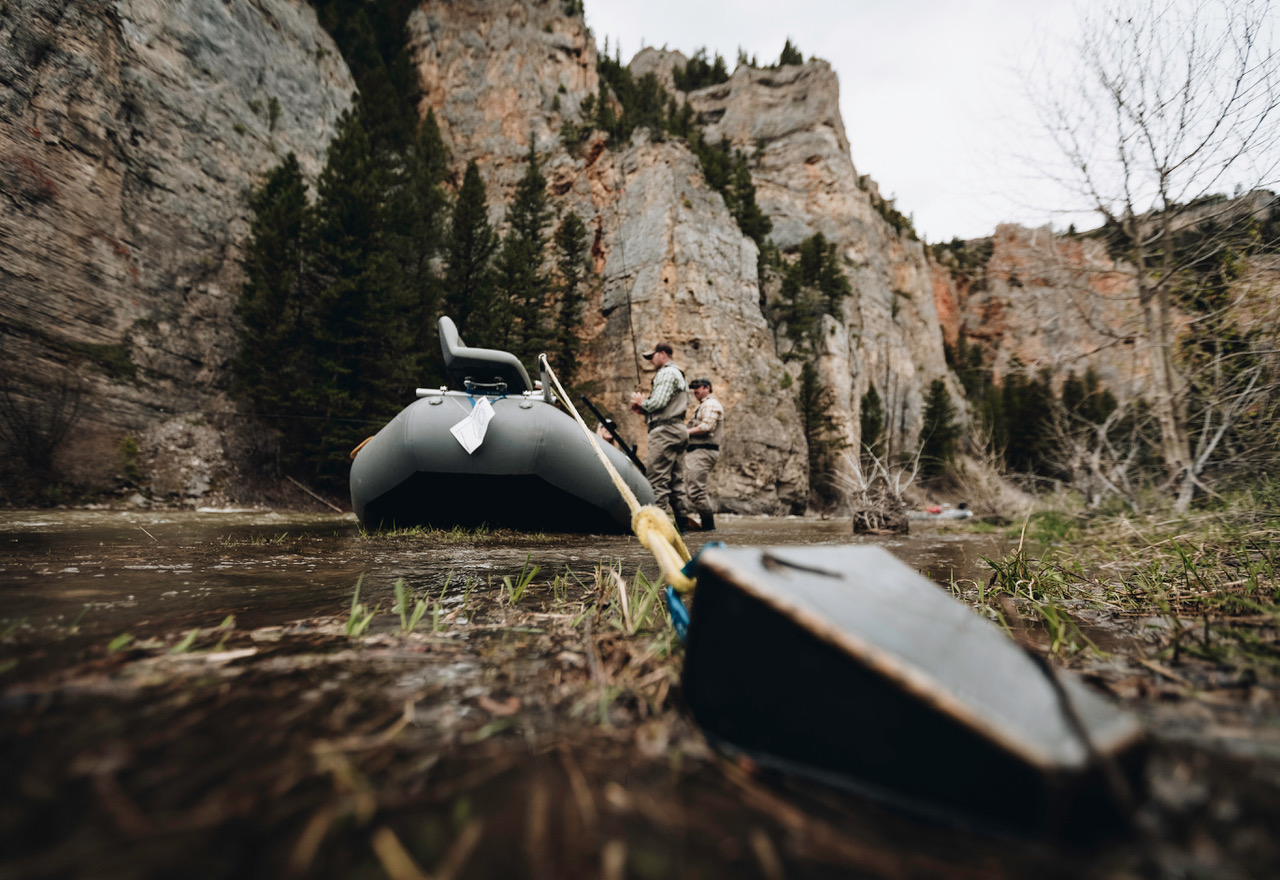
Montana’s Smith River is managed by a lottery system through Montana Fish, Wildlife and Parks for peak season launch dates between April 1 and August 15th. Given the smaller nature of the river, water flows past late July can lead to the river being unfloatable for most rafts. After August 15th, you can simply self register at the put-in at Camp Baker.
We cover the application process and some basic strategy in our Smith River Info Page, so for the purposes of this blog we’ll assume you have already applied and were drawn. Congrats!
Once you get that precious permit in hand, it’s time to get to work. While the Smith River isn’t truly a “wilderness” float per se – you’ll be amongst private land and cabins for about half the float – it’s very important to be entirely self-sufficient for the duration of your trip. This means you have to acquire and prepare:
If you’ve never planned a trip like this before, it can seem really overwhelming. It’s hard to know where to start, but the best piece of advice we can offer is to be organized and be proactive. Talk amongst the group and clearly define who is in charge of what. A basic spreadsheet or list with everyone’s responsibilities clearly delegated and laid out can solve a lot of problems.
Boats are one of the immediate hurdles most people face, especially if you’re coming in from out of state. Rafts are the most popular option, due to their load carrying capacity and the fact that they perform better in low water conditions than hard boats. Hard boats such as drift boats are incredible fishing platforms, but they’re more challenging to row and can’t carry as much gear. Canoes and kayaks can be a great way to cover a lot of ground on the Smith, but lack the comforts and space of a raft.
Here at Hatch Adventures we are pleased to offer what we consider to be the ultimate Smith River raft package. We based our raft packages around the NRS Slipstream platform. This raft is optimized for fishing, but doubles as a load carrying beast when it needs to. The raft includes a fly fishing specific frame that provides support for standing anglers, as well as comfort for those long days on the water. An internal anchor system makes stopping the boat on juicy runs quick, safe, and easy. Each raft comes on a trailer.
Flying in from out of state and need a vehicle to tow your raft? We’ve got you covered! Check out our fleet of adventure vehicles.
Included with each boat package are oars (including a spare), a PFD for each person in the boat, a lockable dry box, an IGBC certified bear proof cooler, and a first aid kit. Part of the Smith River regulations is making sure your food and drinks are secured each night in a locked cooler. Bears aren’t a big problem on the Smith, and proper food storage will help keep it that way.
Our raft packages tend to rent out quickly, get more info on them and reserve yours here.
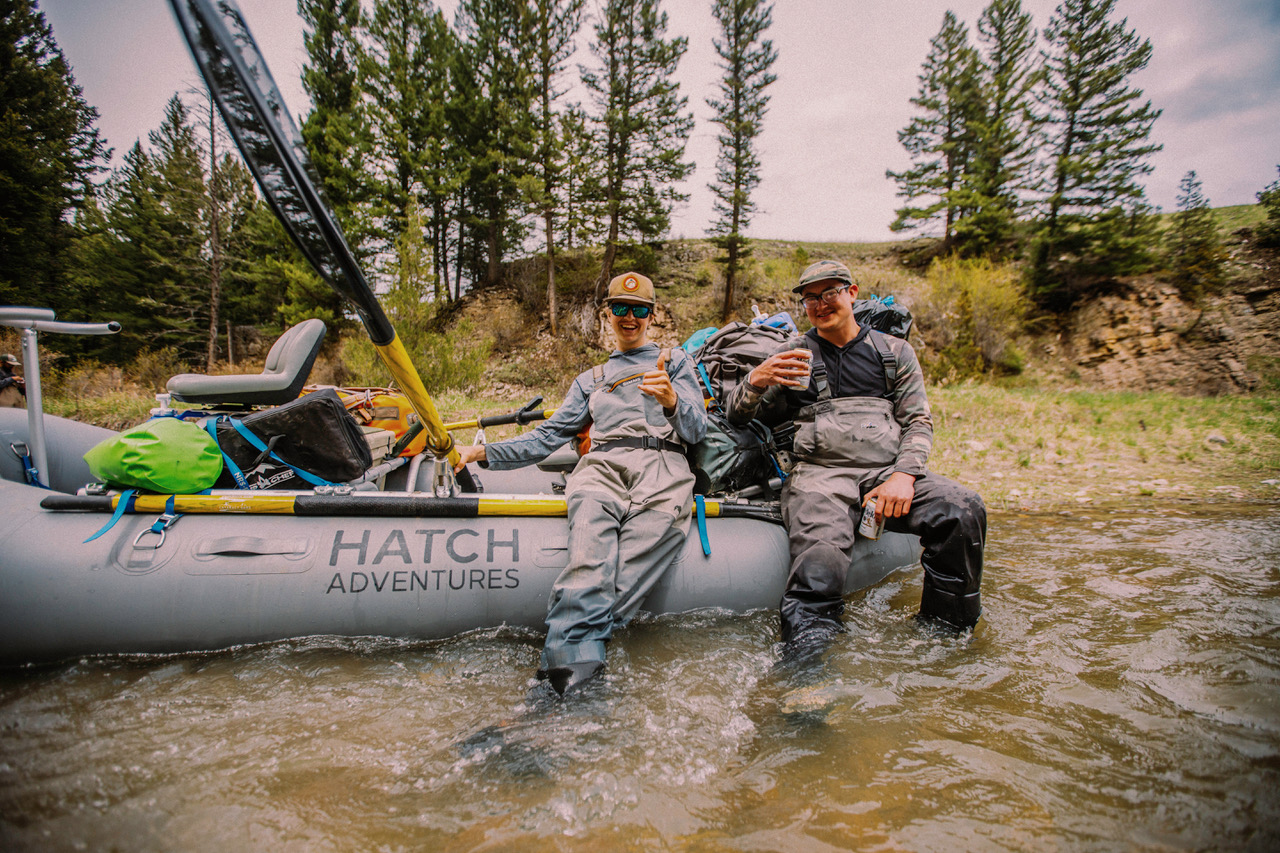
Before we get into more details on gear and what to bring, remember that you do have a raft platform to carry it all. This is both a blessing and curse. On one hand, you can carry a whole lot more than you would on a backpacking trip where you’re trying to fit everything onto your back. On the other, a raft fills up quickly. Balance what you need vs what you want as well as you can. Pack essentials first, then assess how much room you have.
Solid camping gear is required, as weather can be unpredictable on the Smith River. The earliest float dates in April can encounter snow and ice, while summer thunderstorms can sneak up out of no where at any time of the season. A wall tent with a wood stove is really nice, but takes up a lot of space. Backpacking tents work just fine and are easier to store in the boats. One piece of kit that is always welcome is a large tarp. Even if your trip never encounters a drop of rain, a tarp over the cook station/communal area is a welcome addition.
Meal planning for a Smith River trip is a big task. You have to carry everything with you, including cooking utensils, pots and pans, grills, etc. While some people opt to entirely prepare meals in camp, precooking and prepping as much as possible at home can save a lot of time and mess. Frozen meals that can be reheated in a pot or on the fire work great, and double as “ice” in the cooler.
To ensure a steady supply of firewood, it’s best to bring your own. Plan for at least 1-2 bundles per day for the duration of the float. As with any campfire in the state, make sure to check for any fire restrictions before your trip, follow all rules and regulations, and make sure your fire is completely out before you leave camp every day. Dead out. Get a bucket of water, pour it on the fire pit and mix it up before you leave. When you put your hand in the coals you shouldn’t feel any heat at all.
While each of our rafts does include a first aid kit, make sure your party is prepared with any additional emergency supplies. Cell service is non-existent and even satellite communication is spotty in the depths of the canyon mid trip. It’s better to have things and not need it, than need it and not have it.
One of the biggest changes to the Smith River this year is the closure and removal of the pit toilets at each campsite. This means that floaters have to bring and carry a portable toilet system with them, as well as pack out all their human waste. FWP has installed a waste disposal system at the Eden Bridge takeout. Most overnight float trips in the country require this, so it’s not anything new to experienced rafters. FWP has provided a list of approved hard side portable toilets on their website.
When packing your clothing and personal items, one of the most important aspects to keep in mind is what type of bag you are using. A waterproof duffel bag or dry bag is KEY. Water splash in the raft, sudden rain storms, accidentally dropping it into the water as you’re unloading – there are any number of things that could happen to soak your clothes and personal items. Stay ahead of it and use something waterproof.
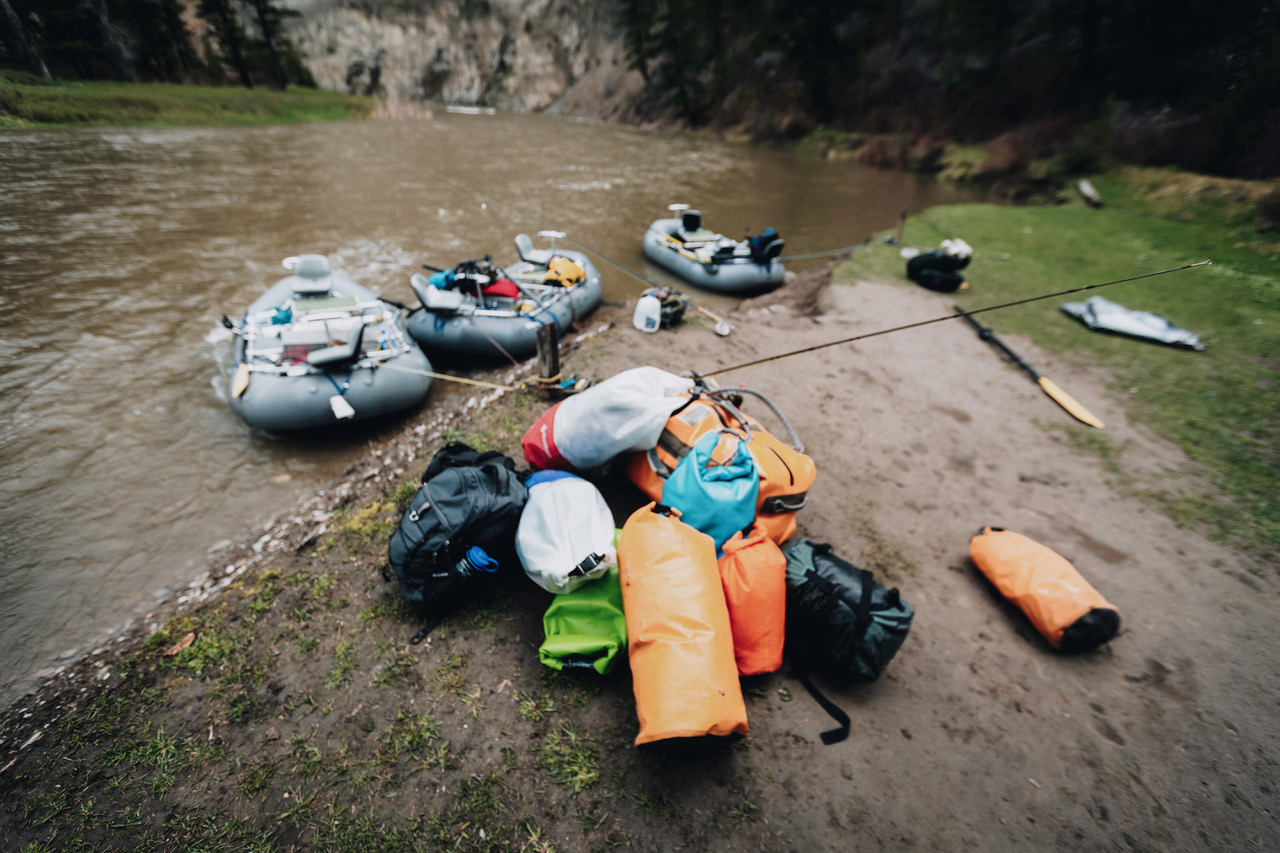
Be ready for any kind of weather, even in the middle of summer. Always bring a rain jacket and something to keep you warm. A clean pair of underwear can feel like a million bucks in the middle of one of these longer trips, just saying.
One of the last things you’ll need to take care of beforehand is arranging a shuttle to take your truck and trailer from Camp Baker to Eden Bridge. There are plenty of companies that offer this service, and it’s well worth it. We recommend booking this as far in advance as you can, just in case. Charlie’s Think Wild Shuttle Service is a great option, as well as Smith River Shuttle.
The day is here! You’ve done the work, reserved and picked up your rafts, planned your meals, packed everything and you’re ready to go. A few days before your launch date, rangers will call to register your party, pay the float fees, and choose your campsites.
The Smith River has some of the best campsites you’ll ever stay at, and doing some research beforehand pays off. Some of the camps are split into multiple parts, each of which can host a party. Choose your campsites based on how long of a day you want to float each day. Floaters are limited to four nights on the river from May 15-July 15 and we would encourage you to take advantage of that entire time if you can.
Given that most of the campsites on the Smith River are pretty incredible, it’s hard to narrow down the choices. The first site is only 4.4 miles from Camp Baker, but we like to go a bit further on the first day. Scotty Allen and Syringa make an excellent choice for a first day, even though that means a lot of time on the water. Going 12+ miles in low water conditions can be a pain, but in normal flows it’s not too bad. It also puts you in a good position to spend most of the next several days deep in the canyon.
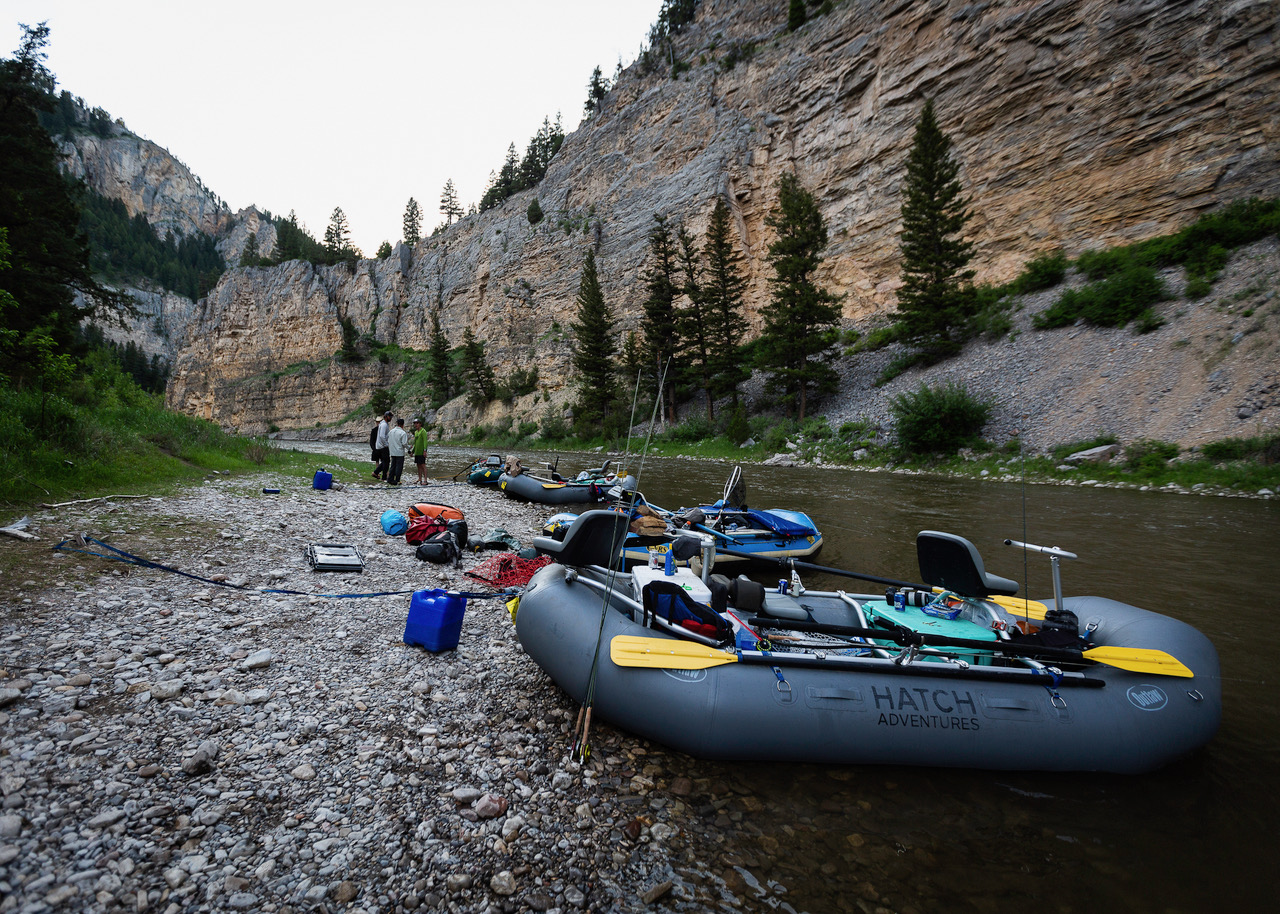
From Canyon Depth at mile 17 to Ridgetop at mile 45, the campsites are situated in the canyon and are all good. Sheep Wagon has a lot of room for games and activities, with a bluff above camp that makes a perfect spot to park the toilet. Sunset Cliff is very aptly named, be sure to get there with lots of time to set up camp so you can sit back and watch the alpen glow dance on the cliff walls.
Trout Creek is a must if you’re stopping at Heaven on Earth, the upper site is a favorite. Parker Flat is another spot for incredible sunsets, and Lower Ridgetop is a great place to end your trip. Good tree cover and lots of room for one last game of softball. Merganser Bend is another good option for the last campsite. It doesn’t look like much when you get there, but once you get settled in the seclusion of the willows you’ll be glad you picked it.
At the end of your registration phone call, the ranger will assign you a one-hour boat ramp launch window. This newer system saves a lot of hassle and frustration of multiple parties attempting to launch at once. You’re advised to get to Camp Baker, check in, get your boat tags and attend the mandatory safety briefing at least one hour before your launch window. We’d make it a bit earlier.
No one is more appreciated or loved at any boat ramp than someone who has a good system and gets in and out as quickly and easily as possible. While you’re waiting for your turn, pack the boats, make sure all your gear is organized and ready, and be as efficient as possible with the launching process.
Now the time has come. Rafts are in the water, trucks are parked, everyone is settling in. You push off and begin the journey.
All the work, all the prep, all the stress melts away as you get comfy on the oars and settle in. For the next few days you can take a load off and leave the real world behind. The first day of the float is generally adjusting to the raft life. You’ll see some incredible scenery, likely catch a few fish, and breathe a sigh of relief as you keep moving down the river.
Generally, the first day ends before the true depths of the Smith River canyon. That doesn’t mean that you’ll not enjoy the scenery that first day by any means, but the truly breathtaking parts of the float are coming up. The first day is a great shakedown on gear and getting everyone comfortable and enjoying life. By a couple of days in, everyone will be in rhythm and routine of getting up, making breakfast, breaking camp, float, set up camp, eat dinner, enjoy, repeat. Heard of the concept of Island Time? Same principle here.
How much of each day is spent on the water itself is entirely up to you and is guided by the kind of trip you’re hoping for. You could plan for shorter float days and spend more time in camp every day, which prolongs your overall trip and allows for more fun and games in camp. If you don’t have time to spend four nights and five days on the Smith River, you can do it quicker but that means longer days in the boat.
Be sure to soak up every minute of it. The Smith River is a very special place that only a few get to experience every year. Take the time to just lean back and soak up the views. Being able to float through the deep canyon feels like you’re in a place out of times long since passed. This place been special to people for eons, as is evidenced by the preserved handprints and petroglyphs you can find along the way.
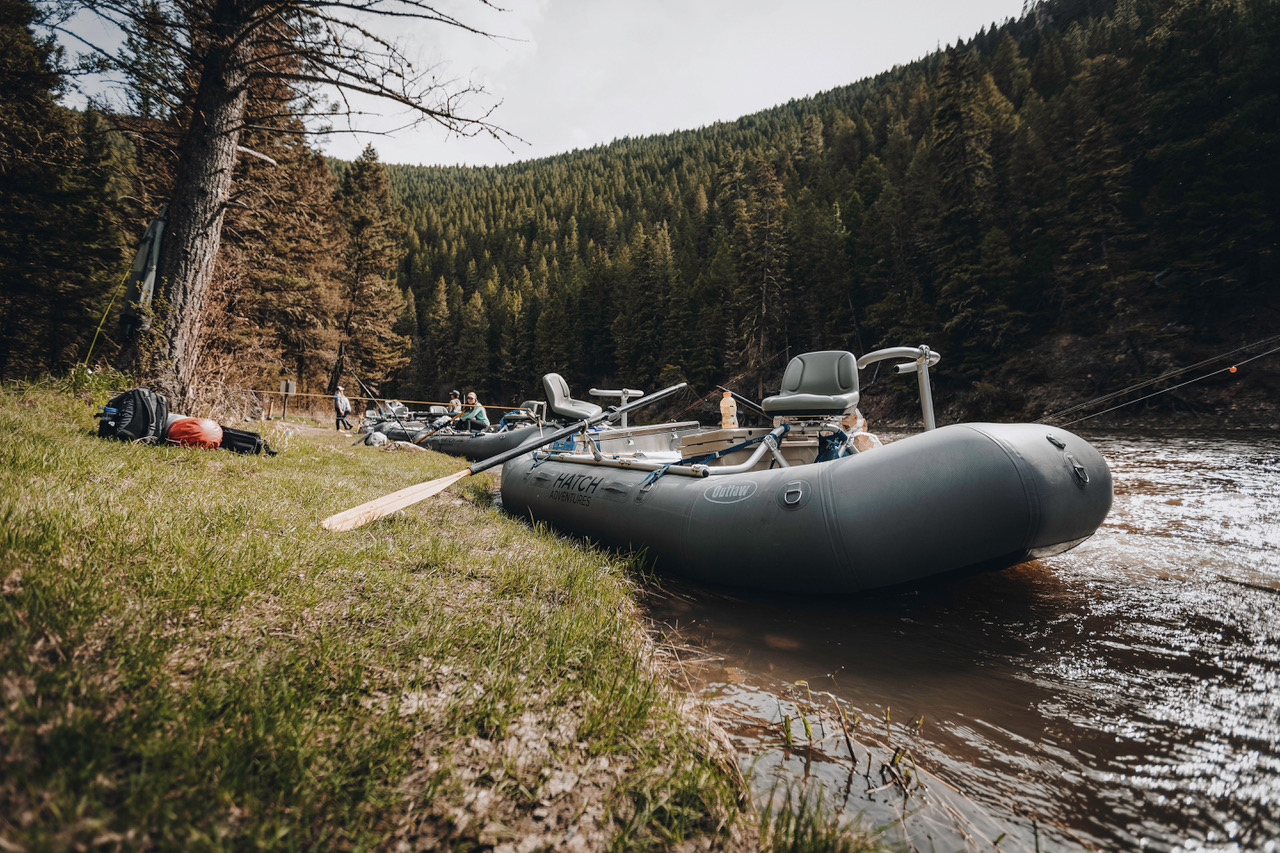
One of the most unexpected things is rounding a bend around mile 30 and seeing an inviting spot – a three-hole golf course and a bar. Heaven On Earth is aptly named, and is an oasis for ice, a limited selection of snacks, and a delicious (and dangerous!) icy cold beverage known as a Deep Creek. If you plan on stopping here, try to reserve a campsite at Trout Creek, the next site down.
Enjoy the ride. It’s been a long time coming.
The last day is often the longest one of the trip, as the nearest campsite to the take out is 12 miles away. You leave canyon country behind, and roll down into windy farmland. Some of the most technical rowing is here in this last stretch – be mindful of weird eddies and obstacles. You’ll begin seeing signs for Eden Bridge a few miles upstream. It’s hard to miss, but you definitely don’t want to.
At the takeout, please be mindful of clearing the ramp as quickly as possible. You won’t be the only group taking out, and there is no dedicated hour-long window to take out. The ramp itself is not the place to unpack and break down your rafts. Get to the parking lot before going full-on gear explosion. FWP has provided two stations to dispose of human waste and clean your portable toilet system here at Eden Bridge. There are also dumpsters for river trash.
One of the prime reasons many float the Smith River is the fishing. It has the reputation of being an incredible trout stream, and is one of the earliest places in Montana to fish the fabled salmonfly hatch. There are even numerous tributaries that flow into the Smith that can hold some great pocket water if you’re willing to take the time to walk up them with a light rod and a handful of dry flies.
Two things to keep in mind if you’re planning to fish the Smith River. First is rod storage. Fly rods are unwieldy, and very easily broken. A raft loaded down on an overnight float trip is a dangerous place for fly rods. Be very careful when setting your rod down, and be especially aware of getting a rod trapped under the frame. Accidents can happen quickly. Our rental rafts have a rod storage tube on the frame that can mitigate some of that risk, but still be careful.
Second, be mindful of where you are. Put the rod down and look up now and then. Even if the fishing is the best of your entire life, you can catch trout a lot of places. You don’t get to float the Smith River every day.
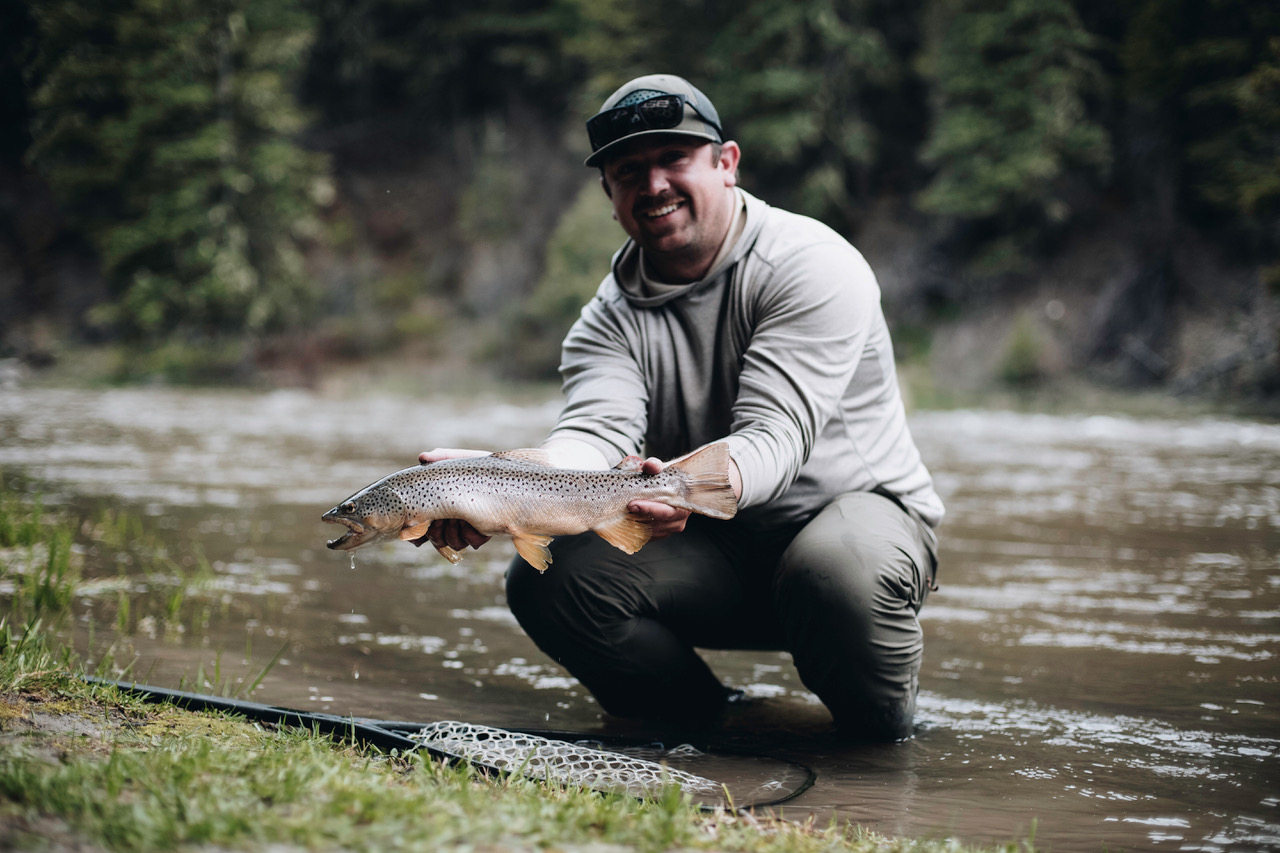
The earliest floaters on the Smith River in April are treated to pre-runoff conditions with low and clear water. You might find some spring Baetis and midges in April, but nymphing is going to be the most consistent this time of year. As the weather warms, everyone’s minds turn to salmonflies – the giant stoneflies that turn grown men into addicts with one good day. The Smith River gets the earliest hatch in the state, with the big bugs often showing up mid May.
The exact emergence and peak of the hatch is entirely dependent on water. Mid May is also when runoff truly begins, and timing the hatch with runoff is a delicate balance that might or might not pan out. If you hit it right, it’s incredible. (Even if you don’t time it right and the fishing sucks it’s still pretty incredible). Bring lots of salmonfly adult patterns as well as rubberlegs, stonefly nymphs, and things that can be easily seen in the murk of dirty water.
Runoff season can extend through June on some years, but the Smith tends to clear up earlier than other rivers in Montana. During this time, be fishing streamers and big nymph rigs. Pack a creek rod and go explore the tributaries – you’ll have plenty of time with faster flows moving you right along. A big streamer fished right along cliff edges can be a lot of fun, and very productive.
From when the river clears in late June/early July to August when low flows curtail most floating activity you’ll find good fishing with the usual summer suspects. PMDs and yellow sallies earlier in the day lead toward good caddis hatches at night. Terrestrials are also a solid bet later in the summer.
As the river warms up, try to limit your fishing to the cooler hours of morning and evening. Play your fish quickly, and keep them in the water as you release them. By mid August the river is generally too warm to recommend fishing, and weed growth means you’ll spend as much time cleaning your hook off as you will actually fishing.
There are some basic rules that you will need to follow, most of them being pretty common sense. We talk more about the rules and regs on our Smith River Information Page, which you can read here.
The most important thing to remember is just to be kind to everyone. We’re all out here for the same reason, enjoying this incredible opportunity and river. You are going to see other people on this float, so don’t get jealous or mad about it. Savor the experience, be respectful of everyone’s trip, and we’ll all get along just fine.
If you have any questions about rules on the Smith River, talk to the rangers. They are the final say, they are the experts, and they know better than we do.
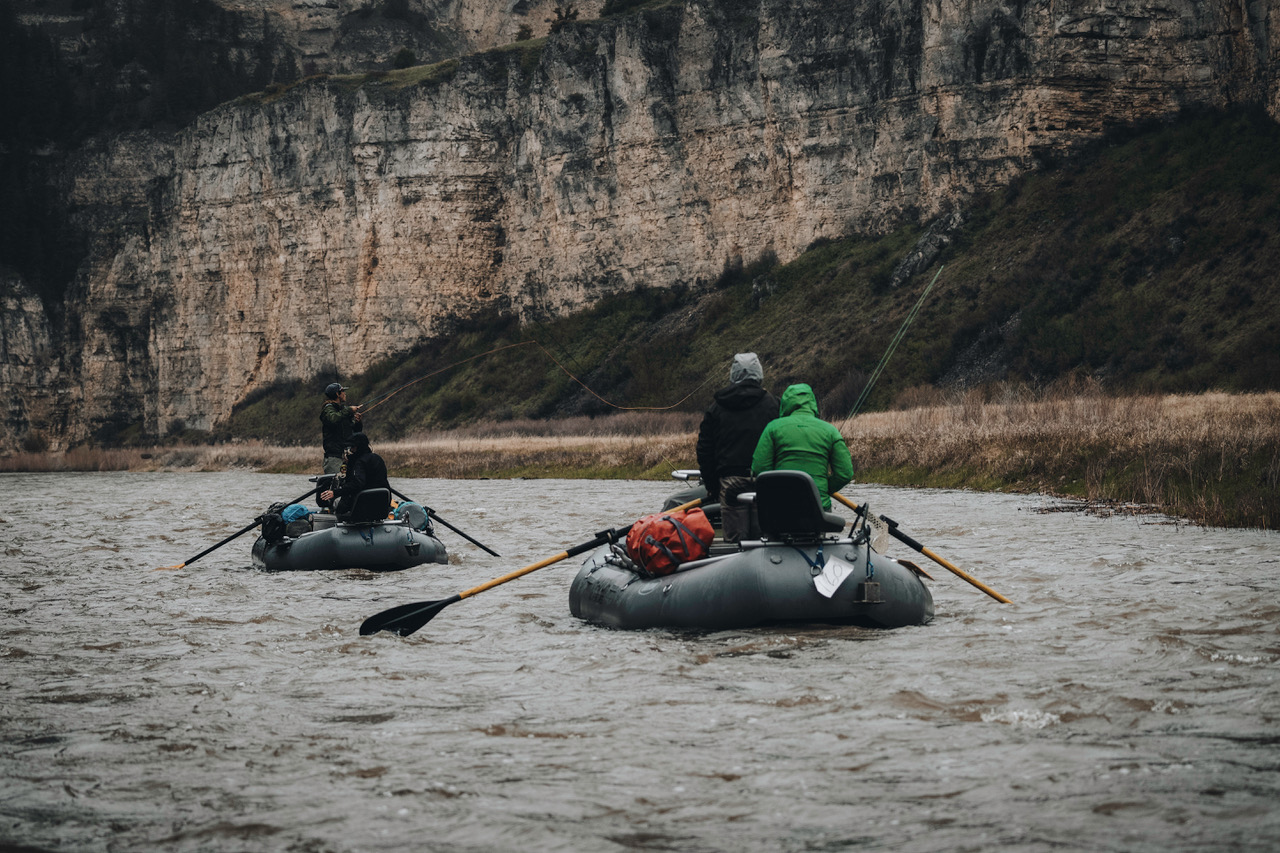
Montana’s Smith River is an incredible place, one that sticks in your mind and stays with you long after you take out. If you have never gotten a chance to go, put it on your bucket list! It’s well worth it.
We’re very proud to be able to support people’s dreams and adventures with our raft rentals and knowledge. We know just how special this place is, and our goal to inspire and enable adventure makes our job fun.
Have any more questions about the Smith River and how Hatch Adventures can outfit you to enjoy it to the fullest? Reach out! We’d love to hear from you.
Disclaimer
The information contained in this blog was last updated on March 23, 2024. To the best of our knowledge, it is correct. However, it is up to you, the reader, to ensure that the information contained here is in fact accurate and up to date.
Search
Share Post
Read More


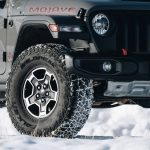
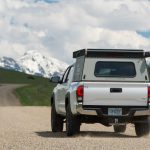
The Biggest adventure of your life deserves an equally Badass vehicle and gear.
Address
2135 S Alaska Rd, Bldg A, Belgrade, MT 59714
Hours
By Appointment Only
© 2024 Hatch Adventures. All rights reserved.